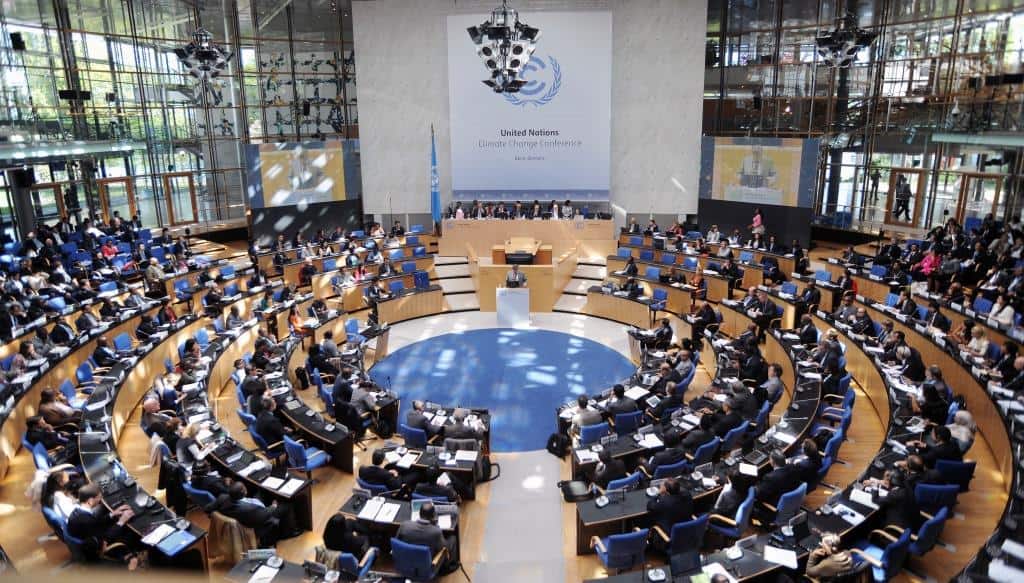IPCC Overestimates Climate Sensitivity: Study

 A new study by climate scientists Judith Curry and Nic Lewis, published in the August 2018 edition of Journal of Climate, estimates median values for equilibrium climate sensitivity (ECS) and transient climate response (TRC) of 1.5°C and 1.2°C, respectively.
A new study by climate scientists Judith Curry and Nic Lewis, published in the August 2018 edition of Journal of Climate, estimates median values for equilibrium climate sensitivity (ECS) and transient climate response (TRC) of 1.5°C and 1.2°C, respectively.
Equilibrium climate sensitivity roughly means the amount of warming from a doubling of carbon dioxide-equivalent (CO2e) greenhouse gas concentration after the climate system has fully adjusted to the increased concentration—a period assumed to take centuries. Transient climate response roughly means the amount of warming from a doubling of CO2e at the time doubling occurs.
Estimates of ECS and TCR are central to the climate science and policy debates. Higher ECS and TCR mean more warming and larger climate impacts from any given increase in CO2e concentration. The IPCC’s “best estimate” of climate sensitivity in its 2007 Fourth Assessment Report was 3°C. The IPCC’s 2013 Fifth Assessment Report (AR5) declined to offer a best estimate, but estimated a “likely” range of 1.5°C to 4.5°C—the same likely range as in the organization’s First Assessment Report in 1990.
AR5 used an ensemble of models (CMIP5) to estimate ECS and TCR. The results of the new Curry and Lewis study “imply that high ECS and TCR values derived from a majority of CMIP5 climate models are inconsistent with observed warming during the historical period.” Translation: Climate change is not “worse than we thought,” it’s better than they told us.